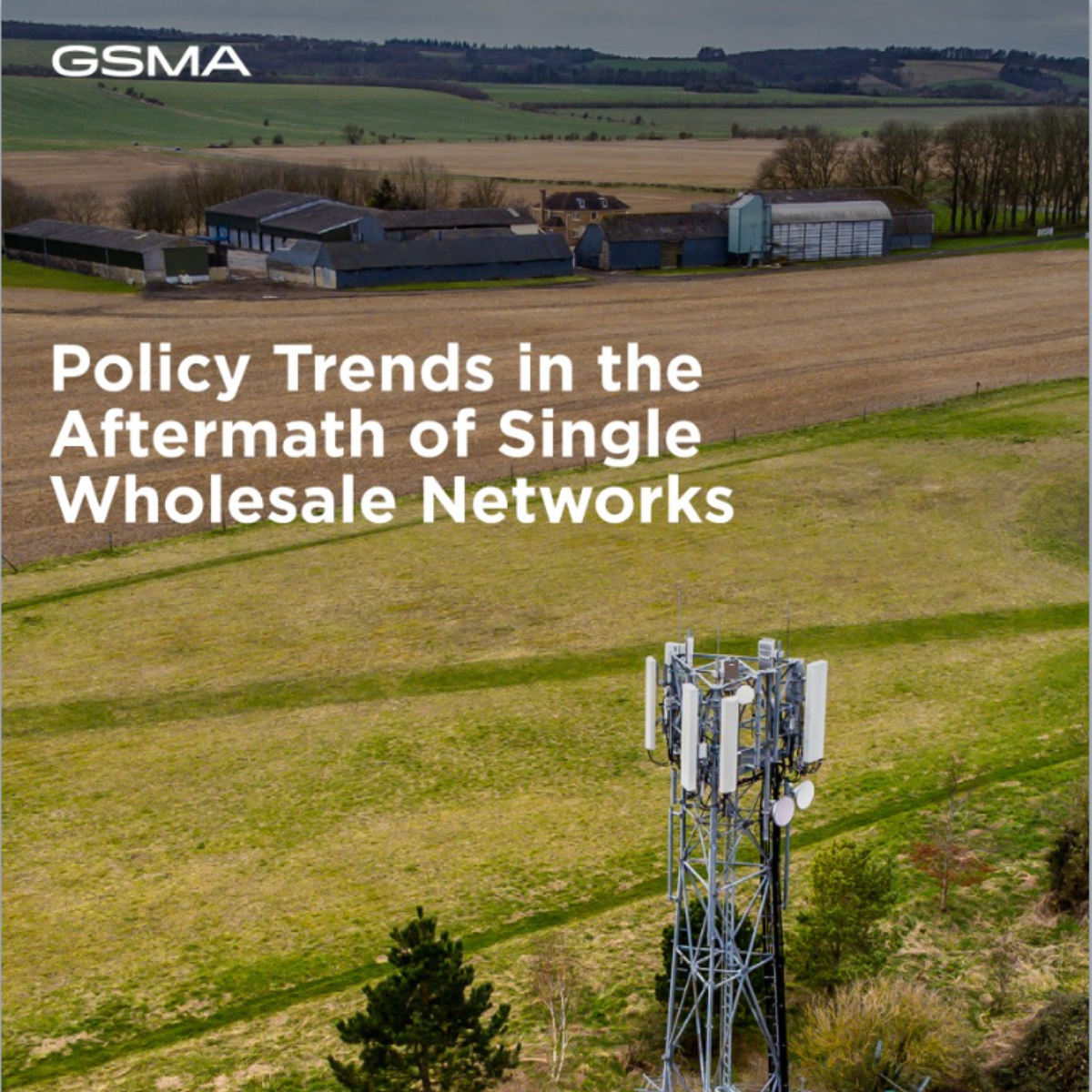5G FWA will change how people connect in 2024
✅ 5G is already making new innovations and services possible in businesses and homes around the world. This strong growth will continue through 2023 as the technology becomes more ubiquitous and affordable. The industry should expect FWA to be a main driver of this 5G growth:
✅ The value of the global 5G FWA market is forecast to hit US$29.4 billion in 2023 & to reach US$153 billion by 2028, growing at a CAGR of 39%. (Source: MarketsandMarkets)
✅ The share of enterprise sites using 5G as a primary or backup network will grow from 1% in 2022 to 10% in 2025. (Source: Gartner)
✅The number of 5G FWA connections is set to grow to around 235 million by 2028, representing almost 80 percent of all FWA connections. (Source: Ericsson)
⏩️⏩️MNOs in the US are delivering gigabits now using millimeter wave. They are quietly deploying mmWave FWA to a) preserve midband spectrum capacity for mobile service, and b) establish a broadband beachhead on wired terrain. Full rollout of mmWave FWA will allow MNOs to continue to dominate cable and DSL megabits with mmWave gigabits and outshine fiber competitors with lower total cost of ownership (TCO) and faster time-to-revenue.
⏩️⏩️So will European MNOs deploy mmWave to serve fixed broadband, particularly in DSL/cable-heavy countries like the UK, Germany, Austria, Belgium, and Greece? They should, because mmWave FWA is more cost-effective than fiber & provides the throughput needed for future increases in broadband demand. Claims to the contrary are based on misconceptions about mmWave FWA.
New tools and techniques required
📚 mmWave coverage can grow organically or MNOs can systematically cultivate it over a specified area. Either way, new radio frequency planning techniques are required. Traditional tools are optimized for sub-6 GHz mobility, where geographic information system (GIS) mapping resolves to ten meters or more and vertical information beyond the height of a mobile user is ignored. mmWave FWA requires much higher resolution GIS data, typically ten centimeters or less. This way, network planning can account for minor impacts to LOS-based coverage, like the corner of a building, or assure service to a single apartment window.
📚 Worthy mmWave network planning tools do not exist. Pivotal Commware built its own, and along the way identified 4 more requirements:
✔️3D mapping of building facades, using Light Detection and Ranging (LIDAR)
✔️ Algorithms to optimize the placement network elements, including repeaters and small cells
✔️Machine learning to identify municipal furniture like light and utility poles, i.e., “structural feature extraction”
✔️ Economic analysis so the MNO can examine trade-offs between coverage, cost, performance, & other factors.
👉 Click detail https://lnkd.in/gEa4cZJD
Follow us on Global 5G Evolution & Kaneshwaran Govindasamy
click comment box for #5g latest presentations.
#fwa #mmwave #technology #growth #data


Comments
Post a Comment